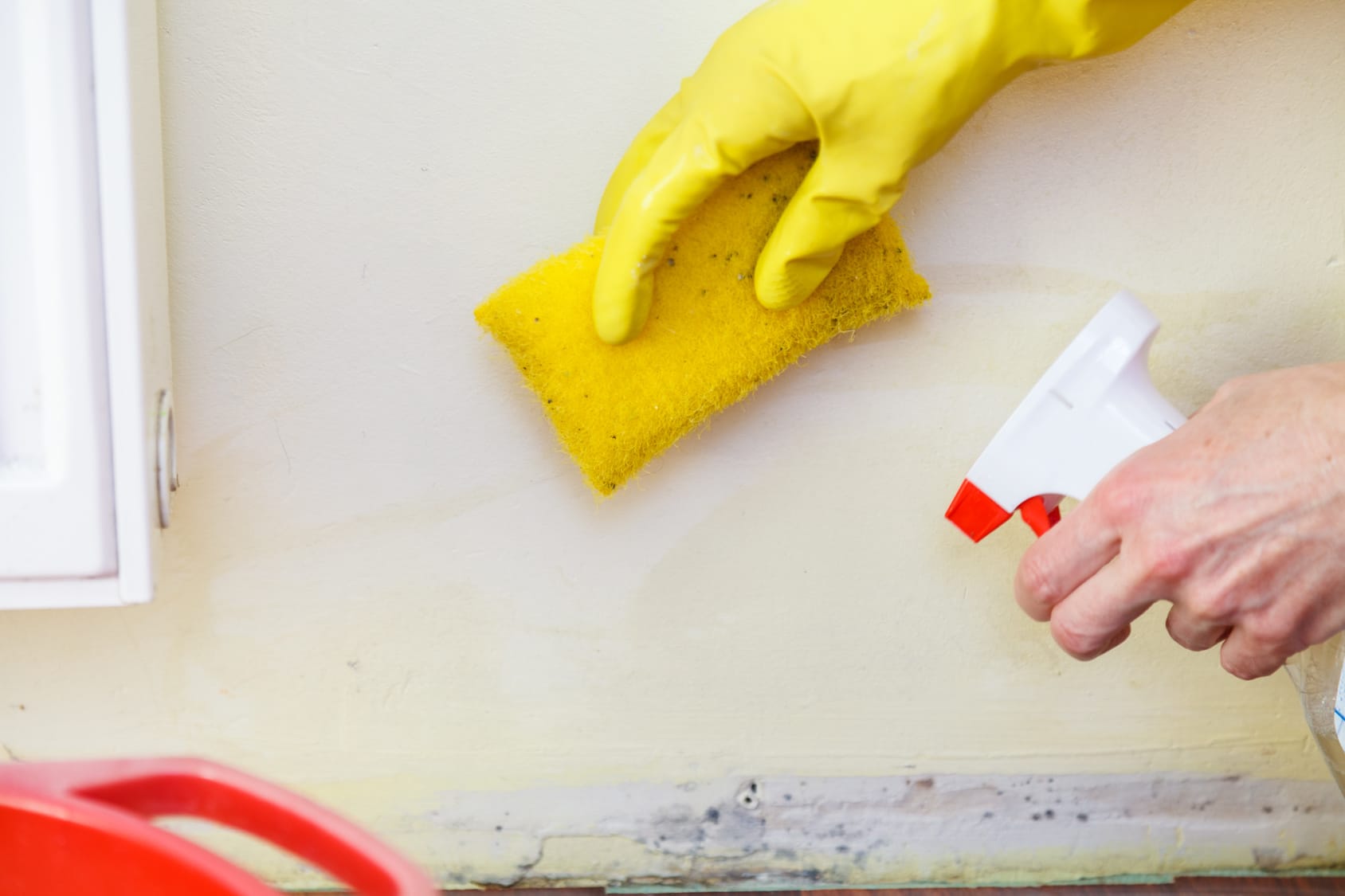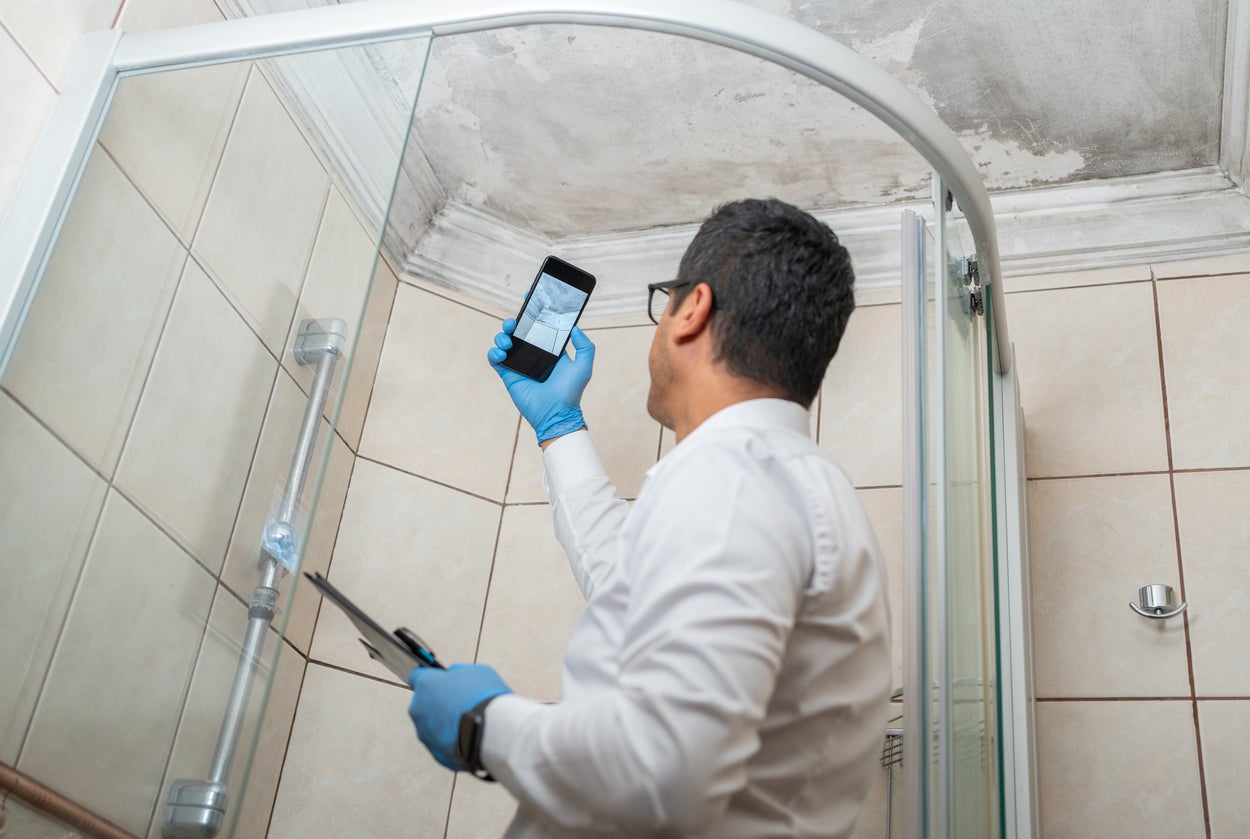Specialist Tips for Blog Post Mold Remediation Success
In the world of mold removal, successfully getting rid of mold is only half the battle; the real obstacle exists in preventing its reappearance. Post-remediation efforts play an important function in ensuring a mold-free atmosphere in the long term. By sticking to skilled ideas and finest practices, people can safeguard their spaces versus mold rebirth and keep a healthy and balanced indoor atmosphere. It remains in this stage of the remediation process that interest to information and proactive procedures absolutely make a distinction.
Monitor Moisture Degrees Consistently
Normal surveillance of humidity levels is vital in making sure the efficiency of article mold removal initiatives. After finishing mold remediation treatments, preserving optimal humidity degrees is critical to stop mold re-growth and ensure a healthy interior setting. Surveillance moisture levels enables for early discovery of any type of spikes or variations that could potentially bring about mold and mildew revival. High moisture levels over 60% create a helpful atmosphere for mold to flourish, making normal checking a proactive procedure to stop any type of future mold and mildew problems - Post Remediation Inspection near me.
Making use of hygrometers or dampness meters can aid in precisely gauging moisture degrees in different areas of the home. These tools offer real-time information that allows removal specialists to make enlightened decisions pertaining to ventilation, dehumidification, and other required actions to maintain ideal humidity levels post-remediation. In addition, developing a routine timetable for moisture checks, specifically in high-risk locations such as cellars, bathrooms, and kitchens, is a proactive strategy to mold avoidance. By continually keeping track of moisture degrees, homeowner can efficiently alleviate the threat of mold and mildew reoccurrence and maintain a healthy and balanced interior environment post-remediation.
Conduct Thorough Inspections Post-Remediation
Following the completion of mold removal treatments, it is vital to conduct extensive examinations to validate the performance of the remediation procedure. These post-remediation assessments are critical in guaranteeing that the mold concern has been successfully dealt with and that there is no reoccurrence or staying mold and mildew growth. Examinations should be brought out by qualified specialists who have competence in determining mold and analyzing interior air quality.
Throughout these inspections, numerous techniques such as aesthetic analyses, air sampling, and surface area tasting might be used to completely examine the remediated areas. Aesthetic assessments involve a comprehensive examination of the facilities to look for any visible signs of mold growth or water damage. Air tasting assists in figuring out the air-borne mold and mildew spore levels, while surface area tasting can discover mold bits on surface areas.
Implement Proper Air Flow Strategies
After ensuring the performance of the mold and mildew remediation procedure through detailed evaluations, the following critical action is to concentrate on carrying out proper air flow methods. Sufficient ventilation is necessary in avoiding mold reoccurrence by regulating dampness degrees and advertising air blood circulation. To attain this, it is suggested to utilize exhaust followers in locations prone to high humidity, such as washrooms and cooking areas. In addition, opening doors and windows when climate allows can aid boost air flow and minimize moisture accumulation. Air cleansers and dehumidifiers are also useful tools in keeping optimum interior air quality.
Correct air flow not only aids in preventing mold development however additionally adds to the overall health and wellness and convenience of owners. By making sure appropriate ventilation throughout the residential or commercial property, you can lower the threat of mold and mildew regrowth and develop a healthier living atmosphere.

Usage Mold-Resistant Materials for Services
To enhance the long-term performance of mold and mildew removal efforts, integrating mold-resistant materials for fixings is vital in alleviating the danger of future mold and mildew growth. Mold-resistant materials are designed to endure moisture and inhibit mold growth, making them an essential option for locations prone to dampness and moisture. When fixing areas influenced by mold, making use of products such as mold-resistant drywall, mold-resistant paints, and mold-resistant caulking can help stop mold and mildew reappearance.
Mold-resistant drywall is an exceptional alternative to conventional drywall in areas like restrooms and cellars where wetness degrees are higher. When subjected to damp conditions, this kind of drywall has an unique covering that resists mold development even. Furthermore, utilizing mold-resistant paints including antimicrobial agents can further inhibit mold development on ceilings and wall surfaces.
In areas where wetness prevails, such as bathroom and kitchens, using mold-resistant caulking around tubs, sinks, and windows can assist secure out official website water and protect against mold from taking hold in cracks and holes. By buying these mold-resistant products during repairs post-remediation, you can significantly minimize the probability of future mold issues and preserve a healthier interior setting.
Maintain Sanitation and Address Water Issues
After mold and mildew remediation, it is vital to preserve a tidy atmosphere to prevent the regrowth of mold. Leakages, water intrusion, or high humidity levels can create the excellent reproduction ground for mold and mildew, so it is imperative to fix any water-related problems quickly.
To keep cleanliness, consider using HEPA filters in vacuums and air purifiers to catch mold and mildew spores and avoid their flow in the air. Making sure appropriate ventilation in areas prone to moisture accumulation, such as restrooms and kitchens, can aid keep humidity degrees in check. By remaining alert about tidiness and attending to water problems quickly, you can successfully protect against mold and mildew reinfestation and keep a healthy indoor setting.
Verdict

In the world of mold and mildew removal, effectively eradicating mold and mildew is just half the fight; the real difficulty exists in avoiding its reappearance. After completing mold remediation procedures, maintaining optimum humidity levels is crucial to avoid mold re-growth and ensure a healthy indoor atmosphere. High moisture degrees above 60% create a favorable setting for mold and mildew to prosper, making regular monitoring a positive step to prevent any future mold concerns.
To enhance the lasting efficiency of mold and mildew remediation efforts, incorporating mold-resistant materials for repair work is vital in reducing the threat of future mold Look At This growth. After mold and mildew remediation, it is critical to keep a clean environment to stop the regrowth of mold and mildew.